Researchers have taken direct images of the Wigner molecular crystal, a new quantum phase of an electron solid. The breakthrough may advance future technologies for quantum simulations.
Tag: Nanoscience and Nanotechnology
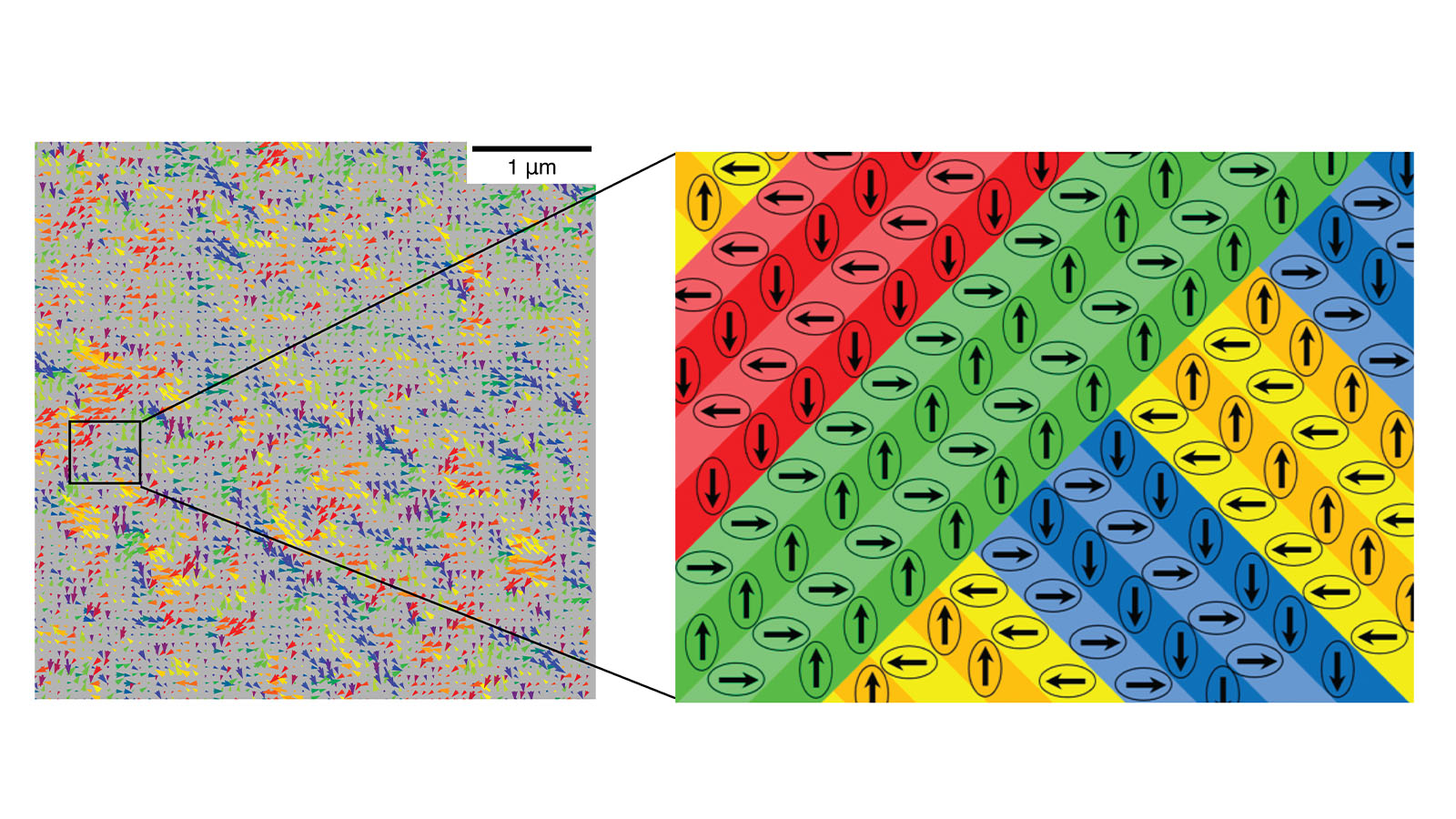
Pursuing the middle path to scientific discovery
Scientists have made significant strides in understanding the properties of a ferroelectric material under an electric field. This breakthrough holds potential for advances in computer memory, lasers and sensors for ultraprecise measurements.
Three Argonne postdocs invited to prestigious meeting of Nobel laureates
Three Argonne postdoc scientists have been invited to the prestigious Nobel Laureate Meetings in Lindau, Germany, where they will meet with past Nobel Prize winners in their fields.
Burak Guzelturk recipient of 2024 ACS Nano Lectureship Laureate
Argonne National Laboratory physicist Burak Guzelturk is one of the 2024 recipients of the ACS Nano Lectureship. The award recognizes early career investigators in the field of nanoscience and nanotechnology.
Argonne’s Ilke Arslan named fellow of the Microscopy Society of America
Ilke Arslan, the director of Argonne’s Center for Nanoscale Materials, has been inducted as a fellow of the Microscopy Society of America.
First-ever atomic freeze-frame of liquid water
A multi-institutional team reports the first look at electrons moving in real time in liquid water. Their findings could affect studies of radiation-induced processes, such as those in space travel, cancer treatments, nuclear reactors and legacy waste.
Media Tip: Pivotal discovery in sensor technology to combat water contamination and more
In a world grappling with a severe water crisis, contamination is a looming threat to public health. Researchers at the U.S. Department of Energy’s Argonne National Laboratory and partners have engineered a breakthrough solution.

Scientists discover unusual ultrafast motion in layered magnetic materials
A team of researchers report a mechanical response across a layered magnetic material tied to changing its electron spin. This response could have important applications in nanodevices requiring ultra-precise and fast motion control.
How Argonne is pushing the boundaries of quantum technology research
With its Department of Energy National Quantum Information Science Research Center (Q-NEXT) and its quantum research team, Argonne is a hub for research that could change the way we process and transmit information.
What can we do about all the plastic waste?
The Institute for the Cooperative Upcycling of Plastics (iCOUP) is helping to address the plastic waste accumulation problem by developing the science needed to turn used plastic into valuable materials.
An innovative twist on quantum bits: Tubular nanomaterial of carbon makes ideal home for spinning quantum bits
Scientists develop method for chemically modifying nanoscale tubes of carbon atoms, so they can host spinning electrons to serve as stable quantum bits in quantum technologies.
On the Road to Better Solid-State Batteries
A team from Berkeley Lab and Florida State University has designed a new blueprint for solid-state batteries that are less dependent on specific chemical elements. Their work could advance efficient, affordable solid-state batteries for electric cars.
How a Record-Breaking Copper Catalyst Converts CO2 Into Liquid Fuels
Since the 1970s, scientists have known that copper has a special ability to transform carbon dioxide into valuable chemicals and fuels. But for many years, scientists have struggled to understand how this common metal works as an electrocatalyst, a mechanism that uses energy from electrons to chemically transform molecules into different products.
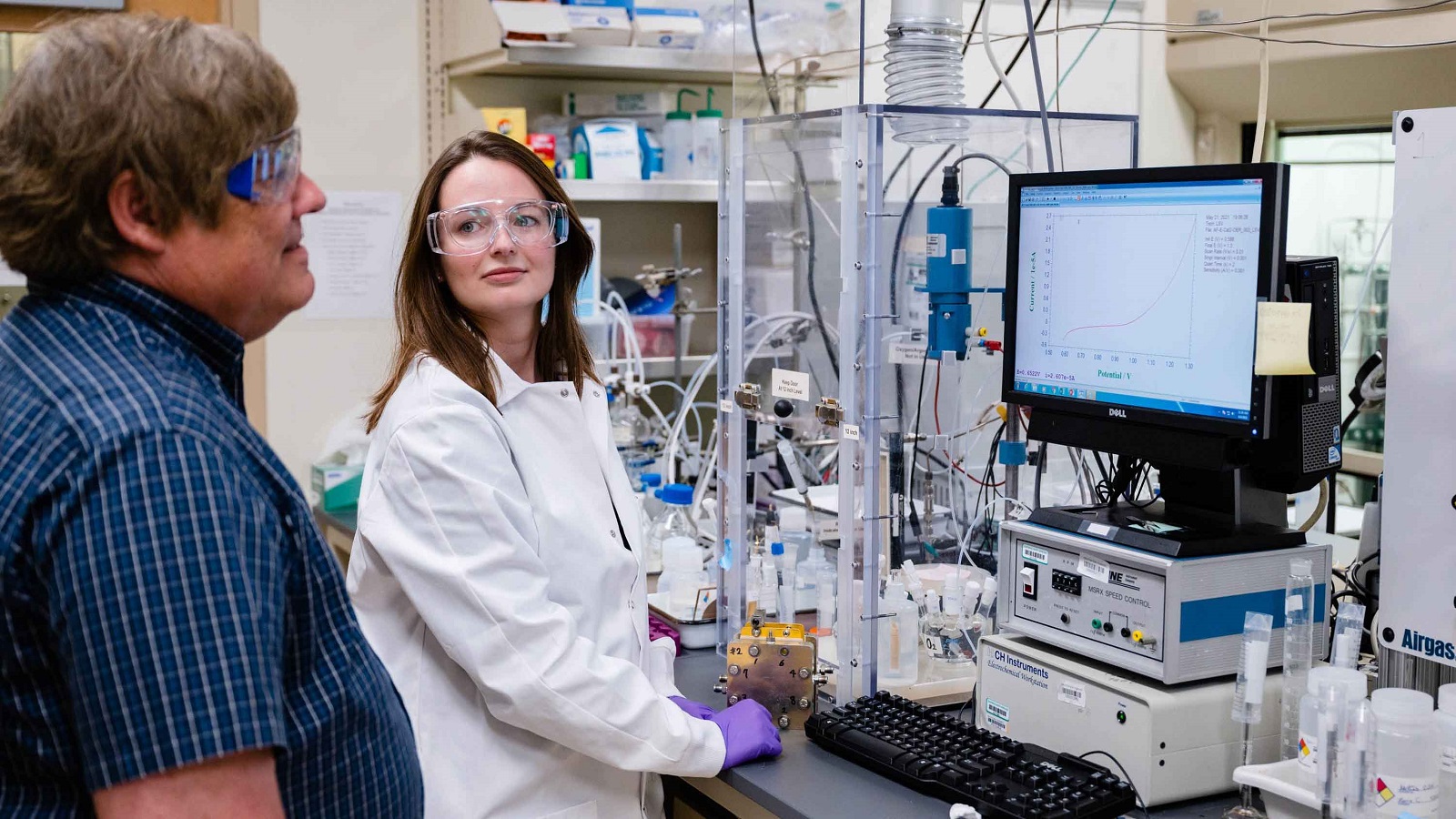
Entrepreneurship program at Argonne National Laboratory opens applications for startups
Chain Reaction Innovations, the entrepreneurship program at Argonne National Laboratory, is accepting applications for its next fellowship cohort.
Pushing the Boundaries of Moore’s Law: How Can Extreme UV Light Produce Tiny Microchips?
Some analysts say that the end of Moore’s Law is near, but Patrick Naulleau, the director of Berkeley Lab’s Center for X-Ray Optics (CXRO), says that it could be decades before the modern chip runs out of room for improvement, thanks to advances in materials and instrumentation enabled by the CXRO.
Just by changing its shape, Argonne scientists show they can alter material properties
Argonne scientists have observed that when the shape of a thin film of metal oxide known as titania is confined at the mesoscale, its conductivity increases. This finding demonstrates that nanoscale confinement is a way to control quantum effects.
Toward Scaling Up Nanocages to Trap Noble Gases
Commercially available materials may be a potentially scalable platform for trapping gases for nuclear energy and other applications.
Ultrafast electron microscopy leads to pivotal discovery
Argonne researchers used ultrafast electron microscopy to study a nanoscale phenomenon that occurs in less than a few hundred quadrillionths of a second. Insights from the study could aid in the development of new sensors and quantum devices.
Let’s get small: New Argonne method greatly improves X-ray nanotomography resolution
Using X-rays to study batteries and electronics at nanometer scales requires extremely high resolution. Argonne scientists led an effort to build a new instrument and devise a new algorithm to greatly improve the resolution for nanotomography.
Main Attraction: Scientists Create World’s Thinnest Magnet
Scientists at Berkeley Lab and UC Berkeley have created an ultrathin magnet that operates at room temperature. The ultrathin magnet could lead to new applications in computing and electronics – such as spintronic memory devices – and new tools for the study of quantum physics.
This crystal impurity is sheer perfection
Scientists at Berkeley Lab and UC Berkeley have developed a nanoparticle composite that grows into 3D crystals. The new 3D-grown material could speed up production and eliminate errors in the mass manufacturing of nanoscale photonics for smart buildings or actuators for robotics.
Argonne announces 2022 Maria Goeppert Mayer Fellows, honoring the legacy of the physics Nobel Laureate
Argonne’s Maria Goeppert Mayer is one of only four women to win the Nobel Prize in physics. Today, on her 115th birthday, Argonne announces the award of its 2022 Maria Goeppert Mayer Fellowship to four outstanding early-career doctoral scientists.
Science Snapshots From Berkeley Lab
Science Snapshots From Berkeley Lab – Water purification, infant-warming device, cuff-based heart disease monitor, ancient magnetic fields
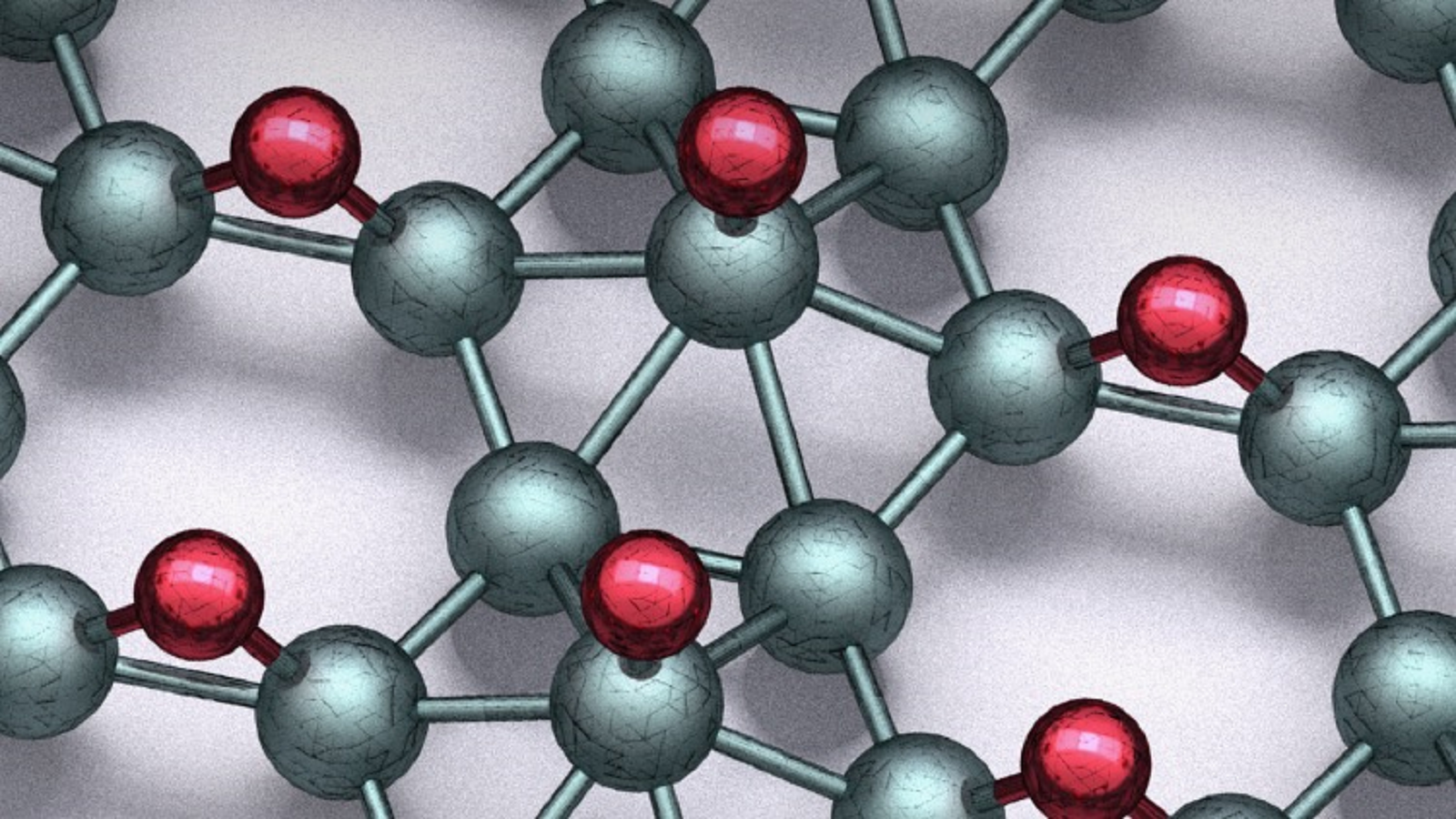
Less than a nanometer thick, stronger and more versatile than steel
Scientists from Argonne National Laboratory, Northwestern University and the University of Florida report a breakthrough involving a material called borophane, a sheet of boron and hydrogen a mere two atoms in thickness.

Shining a healing light on the brain
Scientists report a novel noninvasive treatment for brain disorders based on breakthroughs in both optics and genetics. It involves stimulation of neurons by means of radioluminescent nanoparticles injected into the brain and exposed to X-rays.
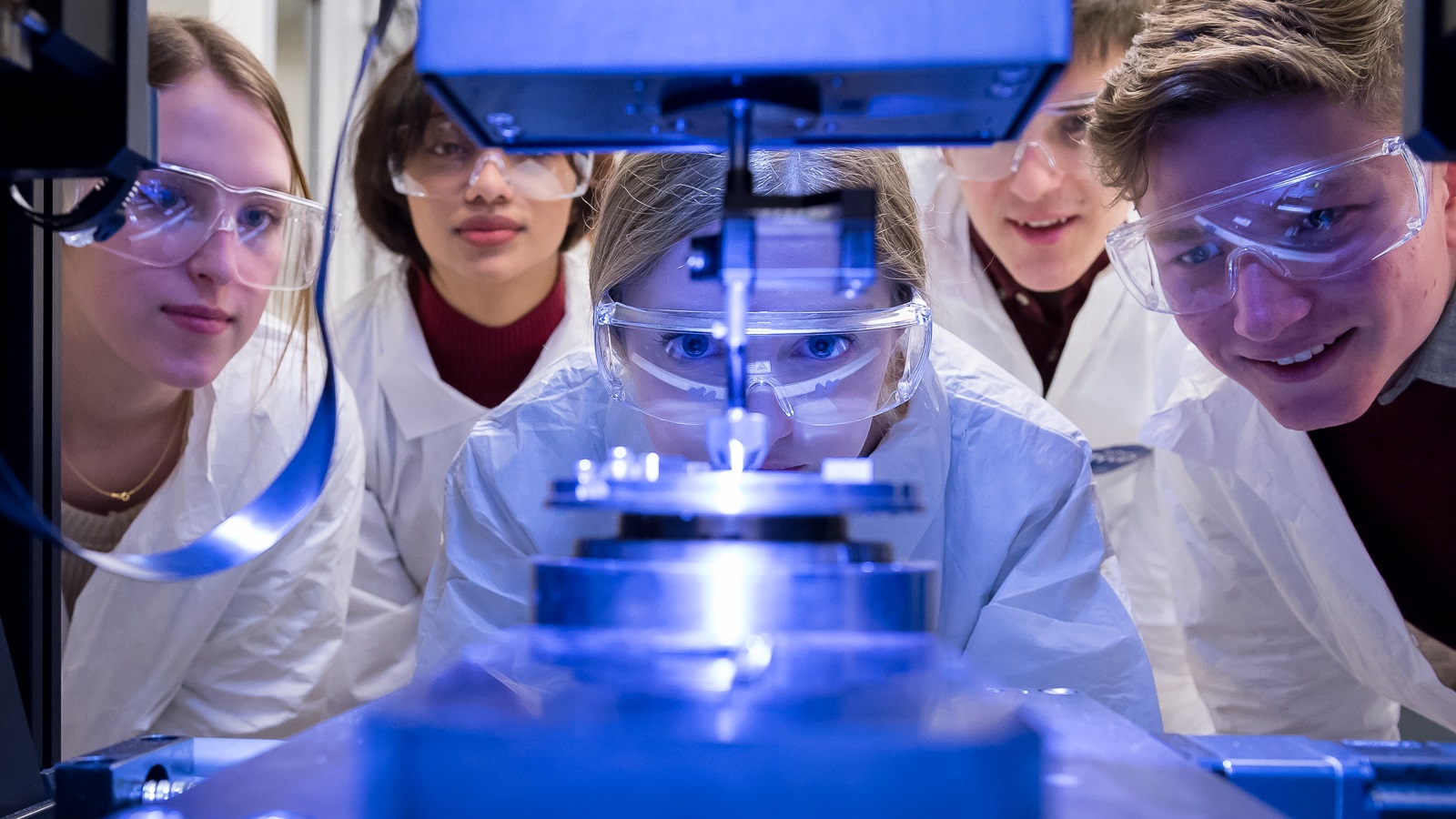
Exemplary Student Research Program inspires our next generation of researchers
Every year, the Exemplary Student Research Program welcomes students from Chicagoland high schools to complete research projects at Argonne’s scientific facilities. The program inspires and trains the next generation of researchers.
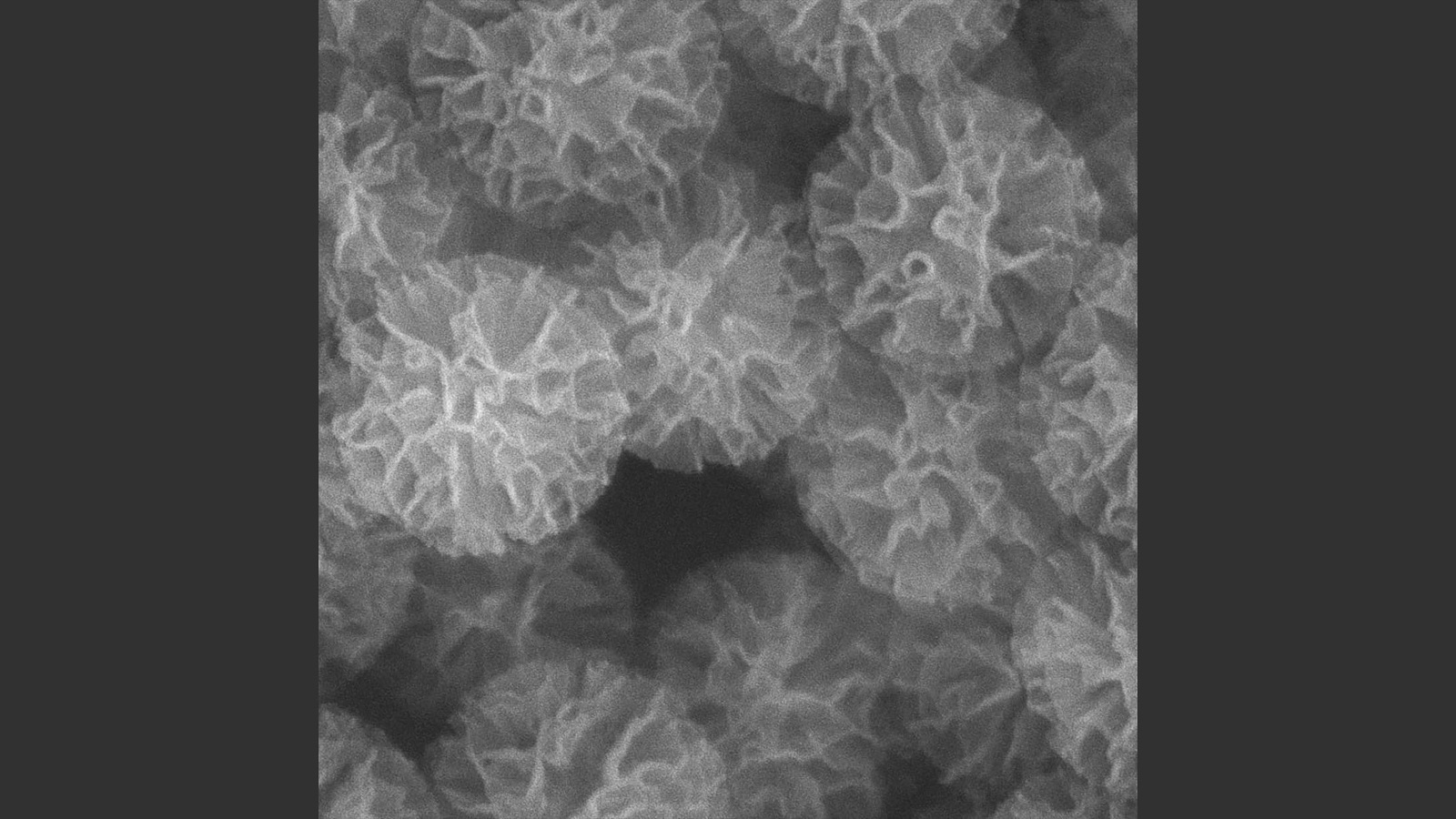
Nanodevices for the brain could thwart formation of Alzheimer’s plaques
Researchers designed a nanodevice with the potential to prevent peptides from forming dangerous plaques in the brain in order to halt development of Alzheimer’s disease.
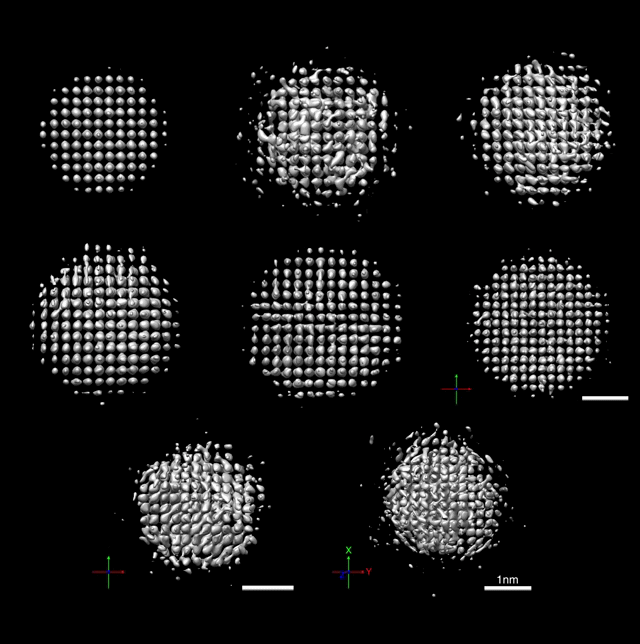
Science Snapshots from Berkeley Lab: 3D nanoparticles and magnetic spin
Researchers at Berkeley Lab have captured 3D images of nanoparticles in liquid with atomic precision, and developed an ultrathin electrical switch that could further miniaturize computing devices and personal electronics without loss of performance.

New Argonne etching technique could advance the way semiconductor devices are made
Researchers uncover a technique known as molecular layer etching which aid in building intricate 3D nanostructures for semiconductor devices and other microelectronics.
Exploring the “dark side” of a single-crystal complex oxide thin film
A new study offers a nanoscopic view of complex oxides, which have great potential for advanced microelectronics.
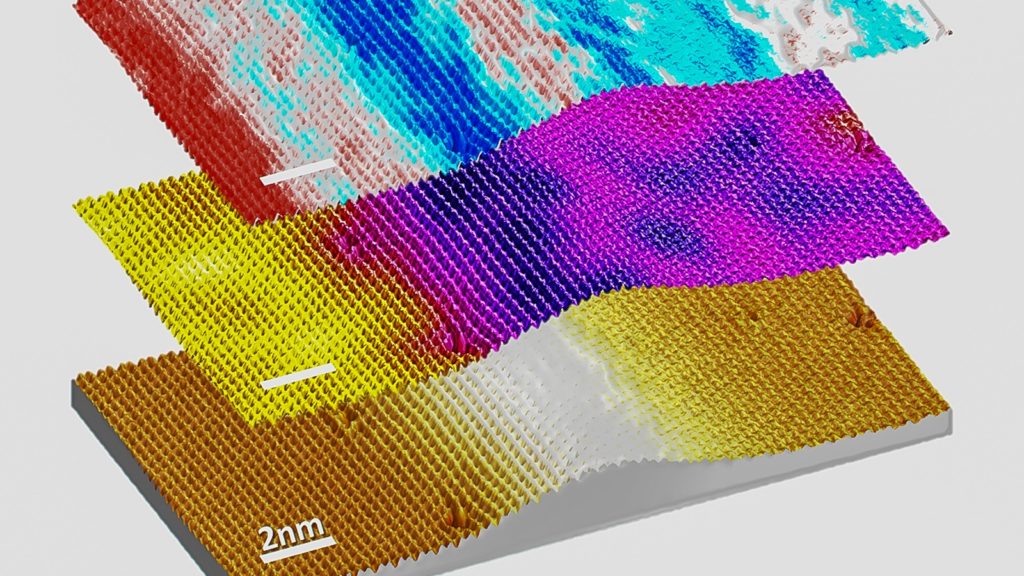
Scientists discover “ripple” in flexible material that could improve electronic properties
Argonne scientists have discovered an intriguing new behavior in a two-dimensional material at the atomic level as it is stretched and strained, like it would be in an actual flexible device.
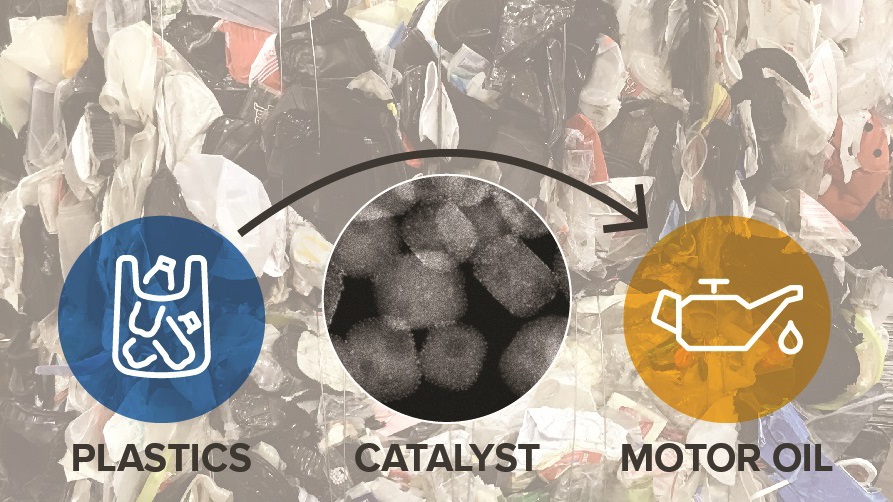
Rethinking the science of plastic recycling
A multi-institutional collaboration reports a catalytic method for selectively converting discarded plastics into higher quality products. The team included Argonne National Laboratory, Ames Laboratory, Northwestern University and three other universities.
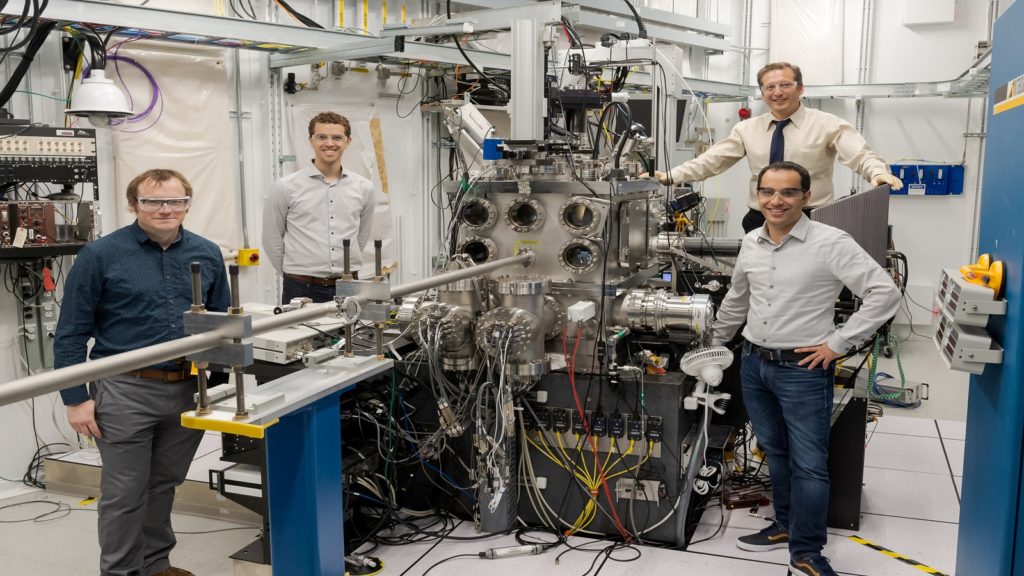
Seeing sound: Scientists observe how acoustic interactions change materials at the atomic level
By using sound waves, scientists have begun to explore fundamental stress behaviors in a crystalline material that could form the basis for quantum information technologies.